Mass Timber 🪵, the Hype is Real!
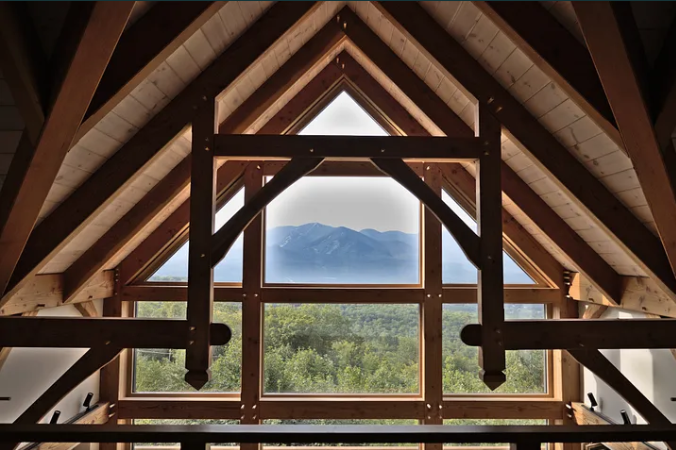
Photo by Phil Evenden
Mass timber is increasingly being recognized as a viable alternative to traditional building materials such as steel and concrete. It is made from solid wood panels that are glued together to form large structural elements. The use of mass timber in construction offers numerous benefits, In this context, this essay will explore the advantages of using mass timber in construction and why it is gaining popularity among architects and builders around the world while shedding the light on some of the reservations.
There are a number of compelling reasons to fully utilize wood’s potential as a high-performance alternative to steel and concrete for building purposes, here are some:
1- Environmental Impact:
Compared to the conventional multi-story apartment buildings made of concrete or steel, mass timber construction offers practical eco-conscious options.
Renewable resources like wood can slow the rate of global warming in a world where the construction sector is responsible for 40 to 50 percent of CO2 emissions. Wood has a comparatively low manufacturing carbon footprint when compared to other materials, sequestering carbon dioxide at a rate of 1 to 1.2 tons/m3 of wood. In actuality, only wood has the ability to continuously extract carbon from the atmosphere. Mass timber can be harvested and replaced with fewer long-term environmental effects when it is sourced sustainably.
2- It Endures Natural Disasters
Mass timber has undergone seismic testing, demonstrating its sturdiness and structural integrity. It is simpler to repair than other building materials even if there may still be damage. Concrete will crack, thus it needs to be torn down and replaced. With wood, repairs are less frequent and use less materials. Building renovation and demolition projects could be reduced overall.
Large pieces of wood are difficult to ignite in fires. In a fire, materials like steel will crack and fall more quickly, resulting in increased damage and the spread of the flames. Although mass timber will char, the wood greatly slows the spread of fire. In studies, constructions on mass timber sites took longer than an hour and a half to collapse compared to 17 minutes for other builds.
3- Lower Structural Weight:
Because wood construction is substantially lighter than concrete or steel construction, the size of the foundation can be reduced, reducing the amount of concrete required during construction and reducing the amount of CO2 produced.
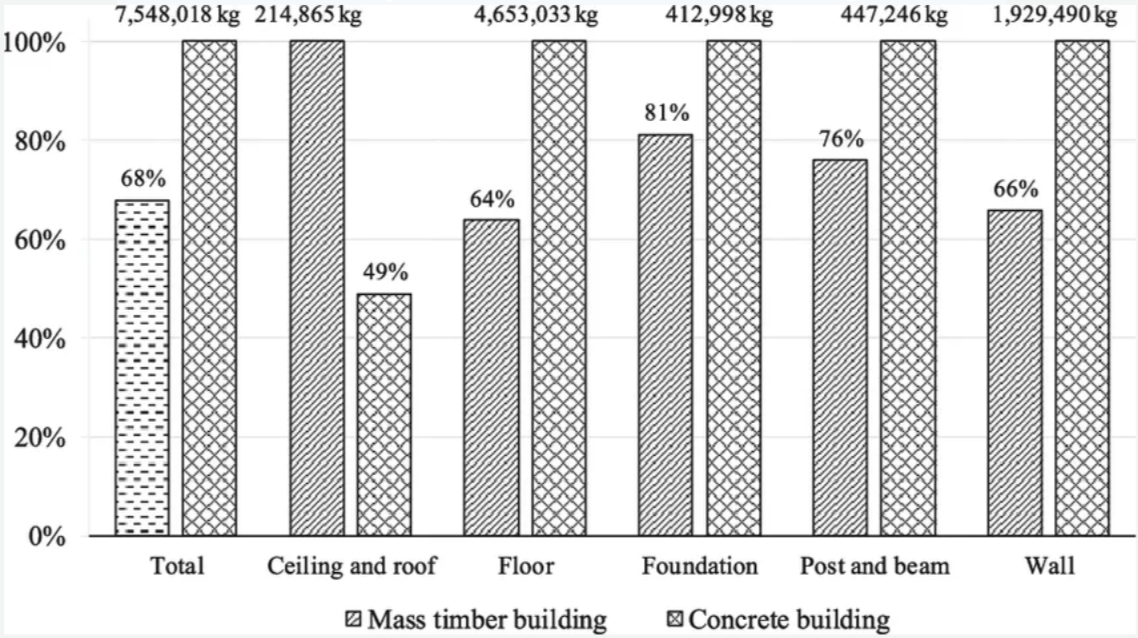
Total mass of mass timber building vs concrete building by Research Gate
4- Thermal Performance:
Wood has excellent thermal performance due to its inherent insulating qualities. Thermal characteristics can be modified in accordance with regional conditions by adjusting the thickness of the wood. Warm interior wood surfaces (such as walls, ceilings, etc.) that allow occupants to lower the interior air temperature while maintaining the same level of thermal comfort can be used as a fairly simple explanation for the thermal comfort in mass wood buildings. Not only does air leakage increase energy consumption, but it also reduces thermal comfort and is a sign of a drafty home.
5- Shorter Construction Time:
Mass timber buildings can be constructed faster than traditional buildings, as the components are prefabricated offsite and can be quickly assembled on site. This results in shorter construction time, lower labor costs, and reduced disruption to the surrounding area.
6 - Aesthetically Pleasing:
Yes Biophilic design is a thing! Biophilic design is a concept used within the building industry to increase occupant connectivity to the natural environment through the use of direct nature, indirect nature, and space and place conditions. It is commonly recognized that exposure to natural elements, such as wood, improves people’s wellbeing. Exposure of the wood’s warmth and quality enhances the interior’s overall appearance while reducing the need for extra treatments because the structure itself serves as the finish.
 ‘Every time people go into my buildings that are wood, I notice that they react completely differently. I’ve never seen anybody walk into one of my buildings and hug a steel or concrete column, but I’ve actually seen that happen in a wood building.’ Architect Michael Green in his TED talk, “Why we should build wooden skyscrapers.”
‘Every time people go into my buildings that are wood, I notice that they react completely differently. I’ve never seen anybody walk into one of my buildings and hug a steel or concrete column, but I’ve actually seen that happen in a wood building.’ Architect Michael Green in his TED talk, “Why we should build wooden skyscrapers.”

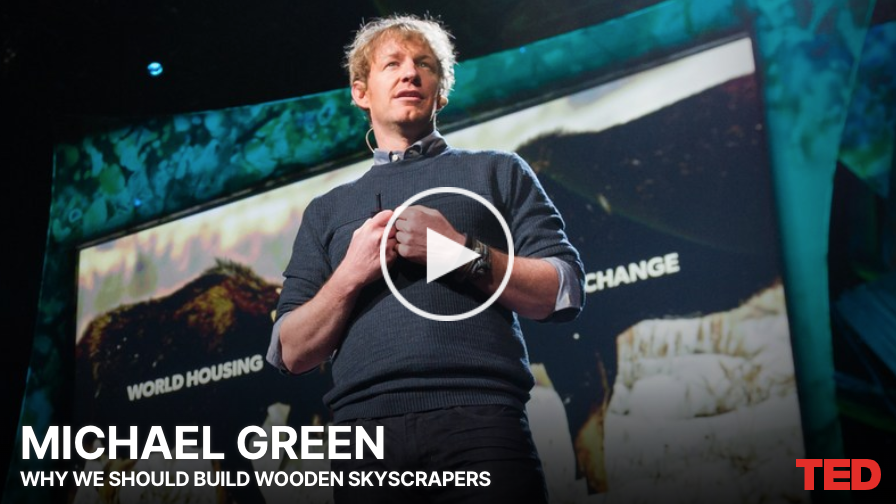
Mass timber has been gaining popularity as a sustainable and cost-effective construction material in recent years. However, the adoption of mass timber in the construction industry also comes with several reservations:
1- Insurance & Fire Safety
One of the limitations of mass timber construction is its fire safety. While wood is a renewable resource and has a lower carbon footprint than steel or concrete, it is also combustible and can burn quickly, which can be a safety hazard. To address this, the UK government has put in place strict regulations for mass timber construction, requiring buildings to meet stringent fire safety standards.
One of the biggest difficulties that concern mass timber according to TAH is insurance:
 “It has been reported that insurance costs for a finished building with mass timber as its main framework can be up to 800% higher than for a building constructed using traditional construction techniques.”
“It has been reported that insurance costs for a finished building with mass timber as its main framework can be up to 800% higher than for a building constructed using traditional construction techniques.”
Some insurers have chosen to decline coverage. Mass timber is actually considered a risk by insurance carriers, which results in disproportionate price hikes for coverage. These worries can be categorized into four main categories: durability and repairability, vulnerability to fire and moisture damage, concerns over the caliber of design and construction, and worries about the professionalism of specialists. Competent design teams can show that there are many new and existing solutions to these issues — which we will share in our next article- however the state of the insurance market is still not favorable.
Watch this video if you wish to know more about the challenges of insurance when it comes to mass timber in the construction sector.

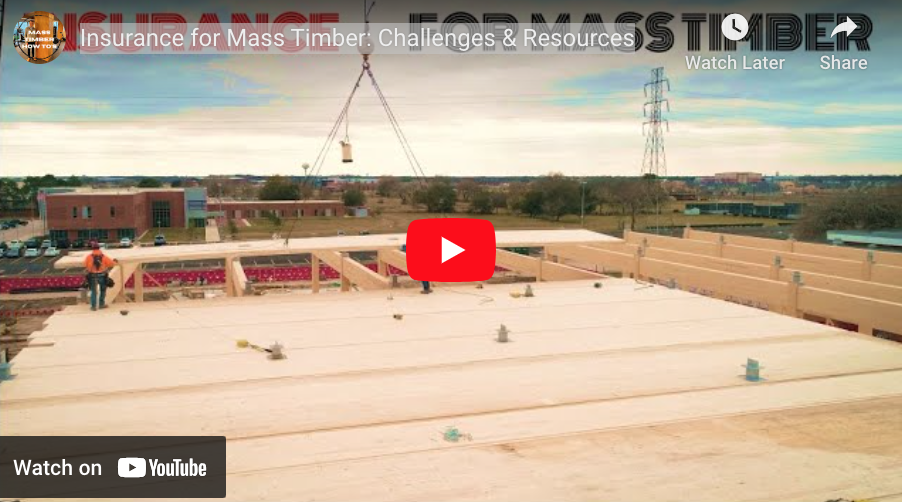
2- Load-bearing Capacity
Another limit to the use of mass timber is its load-bearing capacity. While mass timber structures can be used for mid-rise buildings, they may not be able to support the weight of taller structures without additional steel or concrete support. This can add to the cost of construction and may not be as environmentally friendly as using mass timber alone.
 “In September 2021 the British Standards Institution published a consultation on the draft of a new BS 9991. The draft new standard introduced a clause that ‘precludes the use of timber’ for any loadbearing element, within internal or external walls, in ‘single stair’ residential buildings with a floor above 18m.” TAH
“In September 2021 the British Standards Institution published a consultation on the draft of a new BS 9991. The draft new standard introduced a clause that ‘precludes the use of timber’ for any loadbearing element, within internal or external walls, in ‘single stair’ residential buildings with a floor above 18m.” TAH
3- Availability
The availability of wood is expected to decrease, and during the past 30 years, the UK, particularly England, has hardly established any significant woods with the intention of producing wood. In addition, there are concerns about the availability of sustainably sourced timber. The increased demand for mass timber could lead to deforestation and other environmental concerns if not managed properly. The UK government has introduced regulations to promote sustainable forest management, but ensuring a reliable and sustainable supply of timber remains a challenge.
 “The gap between timber demand and supply is going to grow significantly at a global level,” Stuart Goodall to the EAC
“The gap between timber demand and supply is going to grow significantly at a global level,” Stuart Goodall to the EAC
Throughout the scarcity of timber products, you can find a variety of the latest timber materials and compare their different properties on 2050 materials.
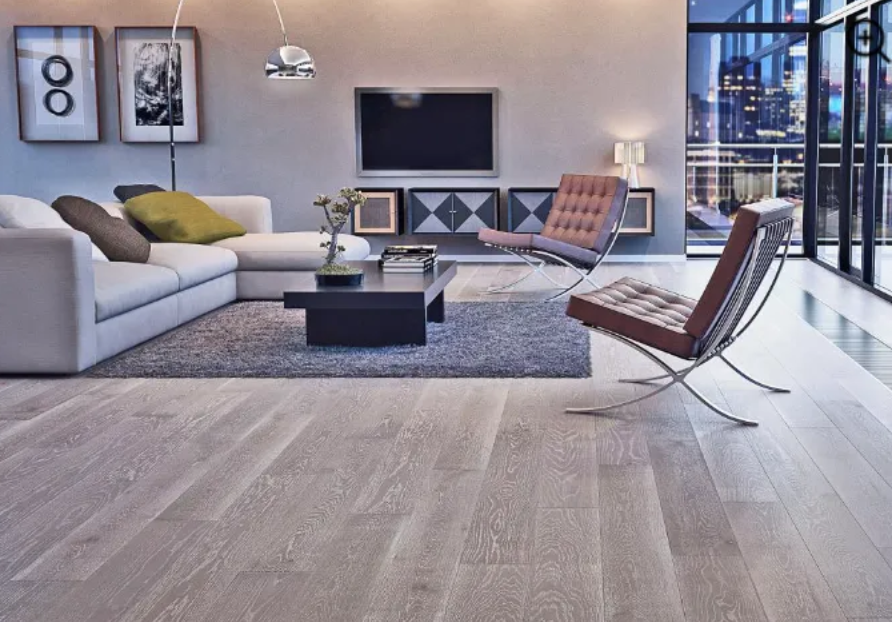
4- Structural Limitations
There are limitations to the size of mass timber pieces that can be manufactured and transported. This means that larger buildings may require more time and resources for construction, which can add to the overall cost of the project.
Due to their structural strength, adaptability, lightweight, high levels of precision, and low-carbon manufacture, mass timber demonstrate significant potential for carbon savings in major developments. As proved up to 24 storeys in Austria, 18 storeys in Norway, Canada, and 10 storeys here in the UK. These characteristics make mass wood products technically appropriate for structural usage in medium and high-rise buildings.
Despite these limitations, mass timber construction remains a viable and exciting option for sustainable building design in the UK. By addressing these limitations and promoting sustainable forest management practices, we can continue to explore the potential of mass timber in construction.
5- Complexity and Cost
Mass timber components must be precisely measured and cut off-site to ensure they fit together correctly during construction. This process requires sophisticated software and machinery, which can add to the overall cost of construction.
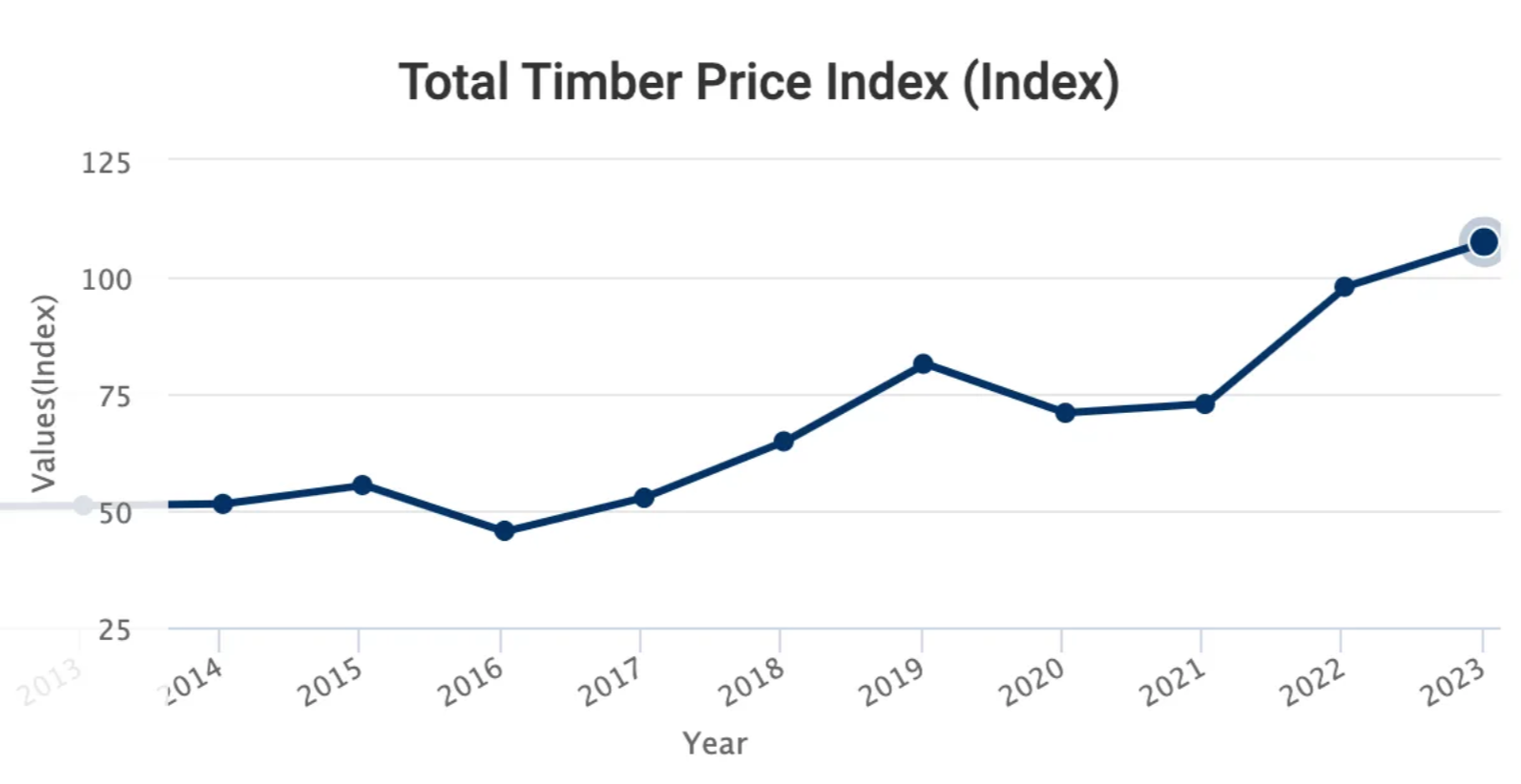
6- Acoustics
Unlike steel or concrete, mass timber may not provide as much sound insulation or noise reduction, which can be a limitation in some construction projects.
According to Sarah Mackel, “Aercoustics Engineer” In order to have better insulated mass timber buildings, designers can provide cracks or discontinuities in the wood construction in order to prevent sound from traveling through the floor to the adjacent horizontal chamber. Resilient pads placed between structural components, such as timber slabs and the floor structure and shear walls or beams, can achieve this. The partitions should be arranged so STC-rated partitions wherever possible line up with the joint between wood slabs if mass timber is going to be exposed at the ceiling. The ASTC rating between rooms will be greatly raised by inserting a resilient cushion between the timber slabs to block the flanking path above the wall. Early on in the design process, this should be taken into account so that the structure and room placements can be coordinated to allow high STC walls to line up with the joints in the timber slabs.
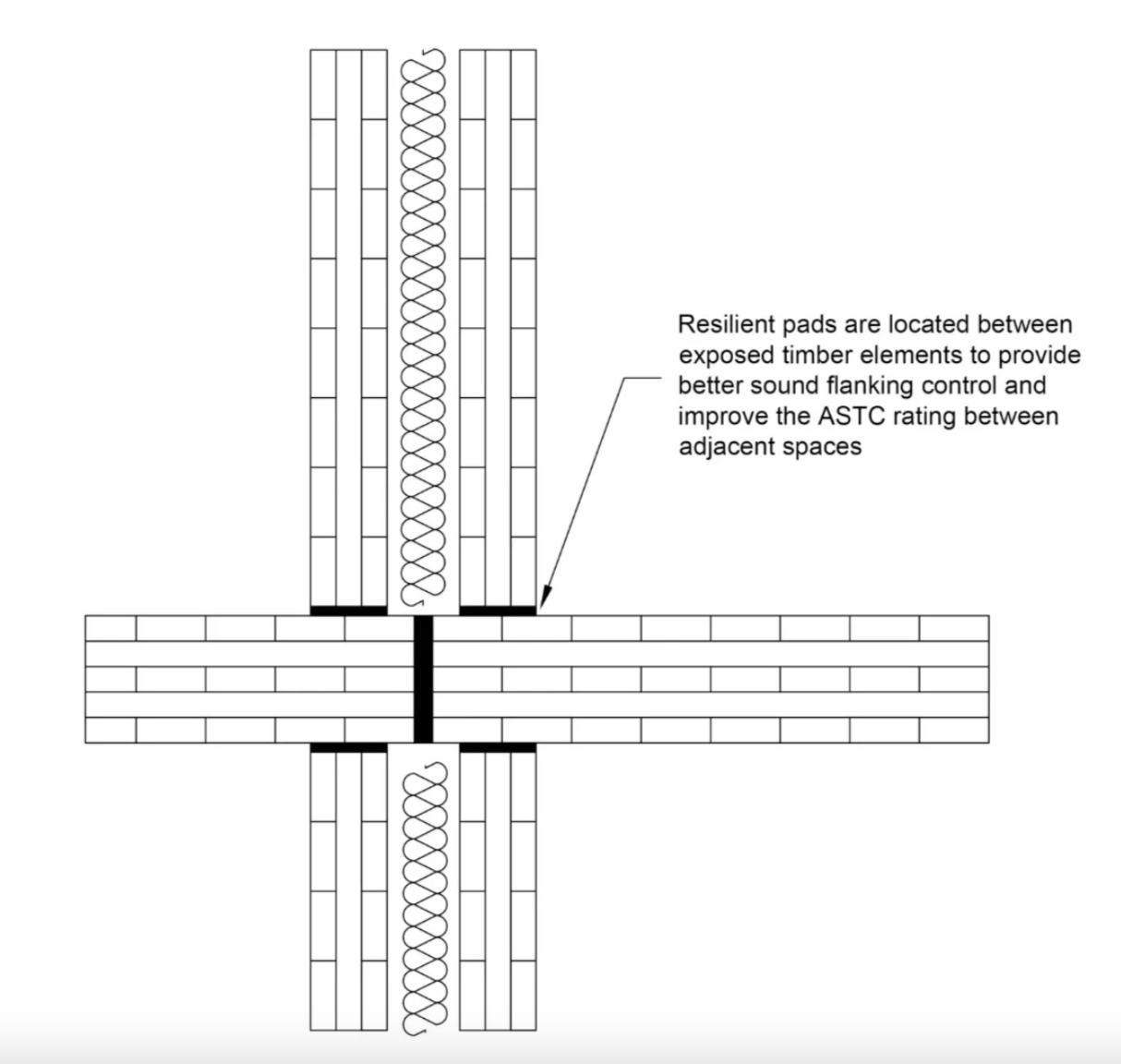
“How to manage flanking noise in mass timber buildings”
 For manufacturers, the question becomes: “We are already manufacturing materials. Why don’t we fabricate them, and why don’t we build with them?” Smith says. “Designers are working for developers, contractors, or the prefabrication company. By controlling design and even site assembly, the mass-timber fabricator has more control of the entire process of delivery. So I generally see a consolidation of companies that will happen, especially with COVID-19.” Ryan Smith, director of Washington State University’s School of Design and Construction
For manufacturers, the question becomes: “We are already manufacturing materials. Why don’t we fabricate them, and why don’t we build with them?” Smith says. “Designers are working for developers, contractors, or the prefabrication company. By controlling design and even site assembly, the mass-timber fabricator has more control of the entire process of delivery. So I generally see a consolidation of companies that will happen, especially with COVID-19.” Ryan Smith, director of Washington State University’s School of Design and Construction
2050 Materials
If you are interested in finding mass timber products or other sustainable materials that you can use to design and build then head out to app.2050-materials.com
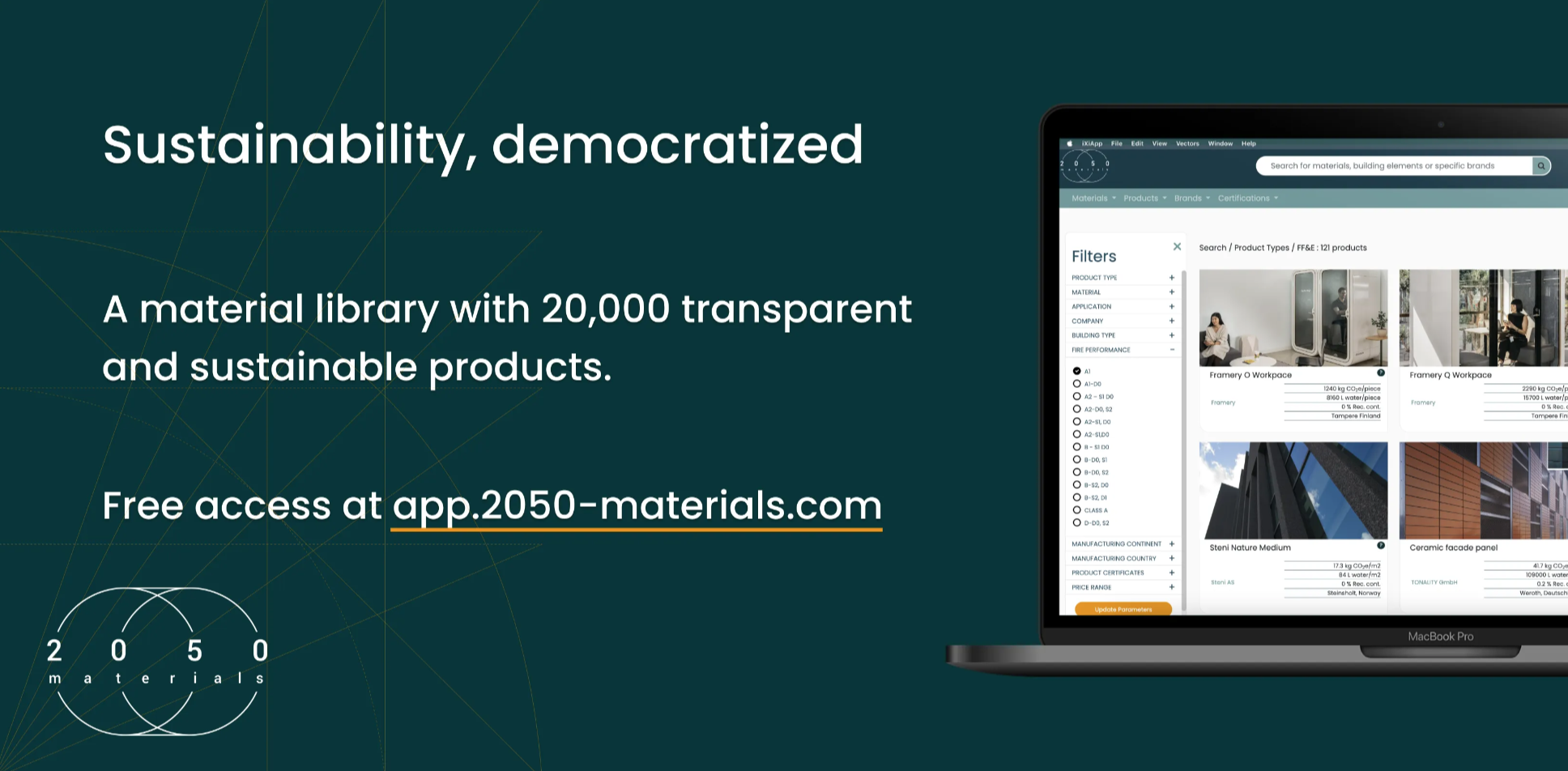
Sources:
“Why Mass Timber” by HDR, https://www.hdrinc.com/insights/why-mass-timber#:~:text=Mass%20timber%20construction%20offers%20viable,the%20rate%20of%20global%20warming
Mass Timber: The Modern Tall Wood Building Material Everyone’s Raving About by Zach Mortice, Redshift, https://redshift.autodesk.com/articles/mass-timber
“UK government introduces restrictions for timber in mid-rise buildings’ external walls” by Nat Barker, Dezeen, https://www.dezeen.com/2022/06/10/uk-government-timber-restrictions/
“Mass Timber: Challenges & Potential Solutions Summary report” by Joe Giddings, ASBP Timber Accelerator Hub, https://builtbn.org/wp-content/uploads/TAH_online_final.pdf
“Timber gap is huge ‘conundrum’ for UK” by Confor, https://www.confor.org.uk/news/latest-news/timber-gap-is-huge-conundrum-for-uk/
“Comparison of Building Construction and Life-Cycle Cost for a High-Rise Mass Timber Building with its Concrete Alternative” by Hongmei Gu, Shaobo Liang, Richard Bergman, FPS IC, https://www.fpl.fs.usda.gov/documnts/pdf2020/fpl_2020_gu001.pdf
“Building enclosure and moisture management of mass timber construction” by FP Innovations, https://web.fpinnovations.ca/building-enclosure-and-moisture-management-of-mass-timber-construction/
“A Review of the Performance and Benefits of Mass Timber as an Alternative to Concrete and Steel for Improving the Sustainability of Structures” by Joseph Abed, MDPI, https://www.mdpi.com/2071-1050/14/9/5570
“Preventing Acoustical Issues” by Dovetail, Wood Design & Building, http://www.wooddesignandbuilding.com/preventing-acoustical-issues/
If you like this article and found it to be insightful, then you’ll love this one on Cordwood.
Related articles

Climate-Resilient Materials for the Built Environment: A Data-Centred Prime
As climate volatility intensifies, resilience metrics are fast becoming as critical as carbon data in material selection. This article outlines why adaptation is now a design imperative, how materials can be evaluated through a systems lens, and what KPIs project teams should demand. From self-healing concrete to fire-rated façades, we present a structured taxonomy of resilient materials, explain how to embed this intelligence into digital design workflows, and propose next steps for specification, benchmarking, and procurement.
Read more
The Most Interesting Low Carbon Products in Office Design
In this article and collection, we highlight 11 outstanding products that contribute to a lower carbon footprint in office design.
Read more
Top Low Carbon Building Boards: Performance, Benefits, and Use Cases
The building boards highlighted in this article and collection showcase low-carbon innovation in modern construction.
Read more